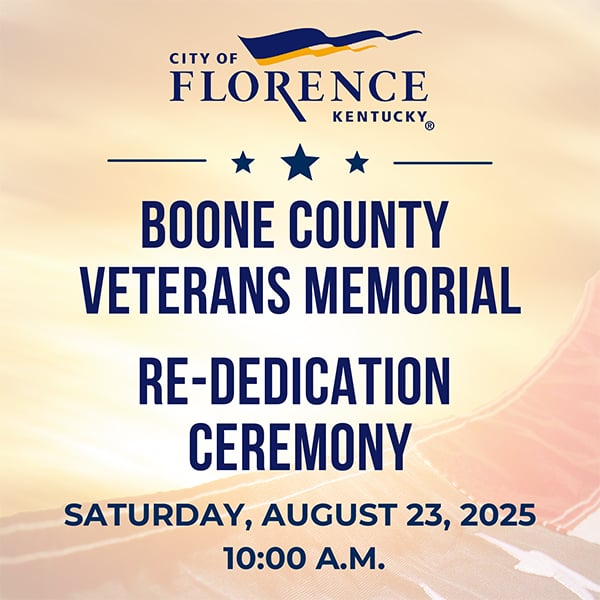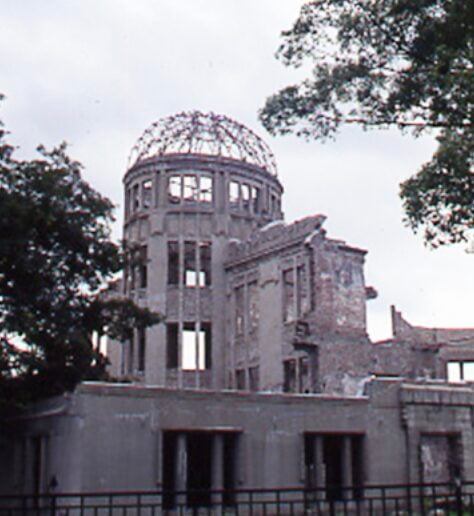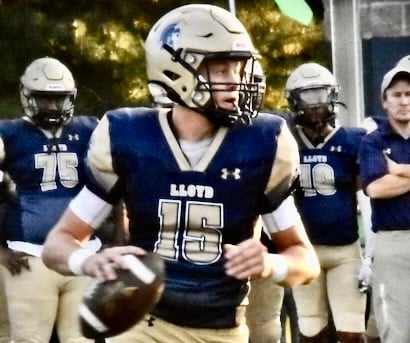By Berry Craig
NKyTribune columnist
The “Simpsonville slaughter” is not in most history books.
But a state historical society marker a half-mile west of the Shelby County community tells about the Jan. 25, 1865, massacre of African American cavalrymen. Their killers were Confederate guerrillas.
The sign is on U.S. Highway 60. It is flanked by 22 white marble military tombstones rowed up, soldier-like, in memory of the fallen troopers of Co. E, Fifth United States Colored Cavalry. The Stars and Stripes fly over the site.

The outlaws, on horseback, struck while the soldiers, evidently dismounted, were driving a herd of around 900 cattle to Louisville.
“About 22 men killed and at least eight severely wounded,” says the olive green metal sign with gold letters. “Based at camp Nelson, nearly all of the recruits were ex-slaves.”
Part of the camp, the largest recruiting station for African American troops in Kentucky, is preserved in a park near Nicholasville, the Jessamine County seat.
Several newspapers in Kentucky and other states reported the slayings, condemning the bloodshed as the “Simpsonville slaughter.”
The mass killings outraged the Louisville Journal. “It is presumed that the negroes surrendered and were shot down in cold blood, as but two of the entire number escaped,” the paper reported on Jan. 26.
Fifteen guerrillas, armed with six-shot revolvers, surprised the troopers just after they left Simpsonville on a bitterly cold winter day. Snow blanketed the ground, according to a memorial plaque near the stones.
About 40 soldiers were in front of the herd. A like number trailed the cattle.
The Journal said the guerrillas surprised the rear group, gunning down 35 troopers. (The death toll varies, depending on the source.) The soldiers reportedly couldn’t return fire because their ammunition was wet from rain that preceded the snowfall.
The shooting stampeded the cattle. The lead group of soldiers managed to flee to Louisville.
“It was a horrible butchery, yet the scoundrels engaged in the bloody work shot down their victims with feelings of delight,” the Journal said.
Before they shot the soldiers, the guerrillas raided Simpsonville and stole about $1,200 worth of goods, according to the Falls City paper.
The plaque maintains that Second Lt. Augustus Flint, the detachment’s white commander, was in a Simpsonville store shopping for warm boots when the guerrillas struck. He “hid under the storeroom until such time as his men were dead, and the guerrillas safely on their way back toward Shelbyville.”
Afterwards, he fled on horseback to Louisville. Apparently, Flint was never charged with cowardice or dereliction of duty.
The plaque honors the late Uley Thomas Washburn who helped develop the site as a memorial. Washburn was an Army veteran of Operation Desert Storm, a volunteer firefighter and chief steward for Louisville-based United Food and Commercial Workers Local 227.
After the massacre, the guerrillas rode back to Simpsonville “loaded down with booty” and boasting “that they had killed twenty-five of the negroes.”
The paper described the massacre site as “a terrible scene…The ground was stained with blood and the dead bodies of negro soldiers were stretched out along the road.”
The Journal was certain that, had Flint been properly leading his men, “the outlaws would have been whipped with ease.”
At the same time, the paper said citizens helped tend the wounded and also bury the dead in a common grave.
The marker explains that the roadside memorial is on ground that was an African American cemetery. The Simpsonville Trim #2 United Brothers of Friendship Lodge, a black fraternal organization, oversaw the graveyard until the group’s last member died in 1965, according to the marker.
“The massacre was largely forgotten in historical accounts until 2008, when the Kentucky African American Heritage Commission awarded a Lincoln Preservation Grant to the Shelby County Historical Society to investigate the Simpsonville slaughter,” according to The Kentucky African American Encyclopedia.
Local residents assumed the cemetery encompassed the mass grave. Hence, most of the grant money was to pay for “‘ground-penetrating radar to identify, rehabilitate and preserve’ the burial site,’” the encyclopedia says. “Although the mass grave was not identified, the Historical Society did succeed in funding a roadside marker that was dedicated on Jan. 25, 2009. Proponents of the marker have also begun the process of nominating the site for the National Register of Historic Places.”
In addition, the marker says the Fifth Cavalry fought in the battle of Saltville, Va., in October, 1864. Afterwards, some of the victorious Confederates slaughtered a number of wounded Union soldiers, most of them Fifth Cavalry troopers, in what became known as “the Saltville Massacre.”
Berry Craig of Mayfield is a professor emeritus of history from West Kentucky Community and Technical College in Paducah and the author of five books on Kentucky history, including True Tales of Old-Time Kentucky Politics: Bombast, Bourbon and Burgoo and Kentucky Confederates: Secession, Civil War, and the Jackson Purchase. Reach him at bcraig8960@gmail.com


















